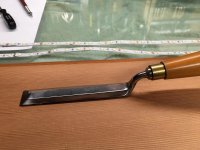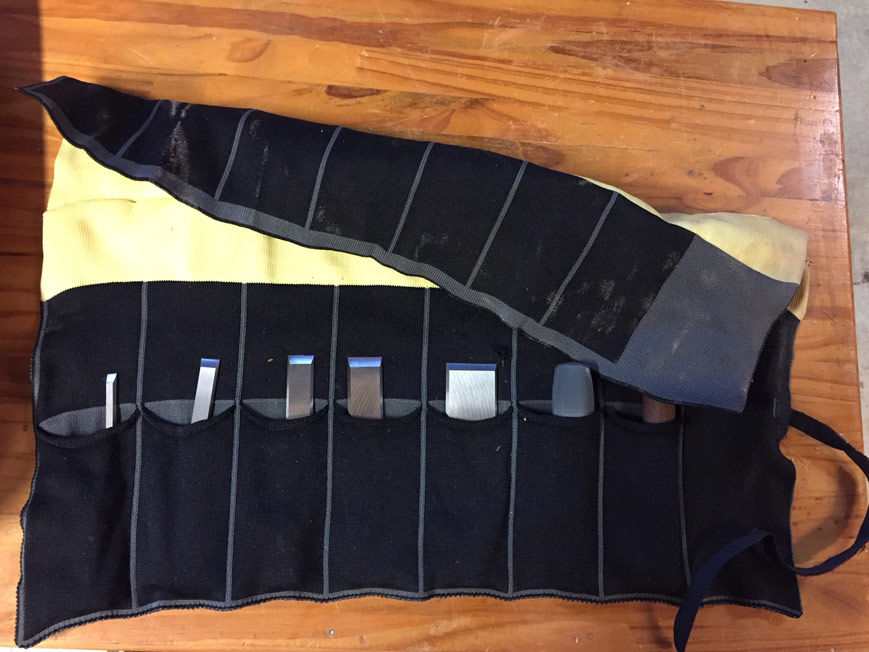ear3
Member
- Joined
- Jul 24, 2014
- Messages
- 4,341
Wondering what ppl think of these:
http://www.leevalley.com/us/wood/page.aspx?p=76966&cat=1,41504
Trying to imagine some of the other uses I could get out of them given that I don't do inlay. The set price is a pretty sweet deal.
http://www.leevalley.com/us/wood/page.aspx?p=76966&cat=1,41504
Trying to imagine some of the other uses I could get out of them given that I don't do inlay. The set price is a pretty sweet deal.








